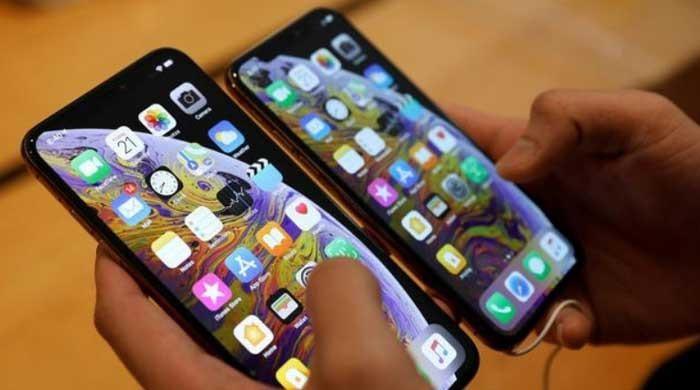A diagnostic report entitled “Pakistan digital ecosystem” by the Asian Development Bank highlights the results of the GSMA Gender Gap mobile report in 2023, which shows that women in Pakistan are 35% less likely than men to have a mobile phone (with 52% property rates for women and 81% for men), and 38% less likely to use mobile internet.
However, it is important to note that many women in Pakistan use mobile phones and services recorded under the names of male parents, which makes it difficult to determine with precision how many women really have internet access.
Some of the obstacles responsible for the large digital gender fracture are:
- The lack of family approval (which was the most declared barrier until 2019, is now 2nd);
- Online harassment having an impact on women disproportionately (5% of women express concerns about calls and unwanted messages, compared to 3% of men); 2% of women express concerns about theft or improper use of their identity or their private information while men do not share similar concerns;
- Digital skills (women represent only 14% of ICT graduates); IT control seeing a 35%gender difference, showing the marginalization of women;
- Rural women faced with additional obstacles covering skills, cultural constraints, security problems and cost challenges.
The report has also stressed that questions such as affordability and digital literacy deepen the already existing digital divide between urban and rural areas. While the inhabitants of cities have generally access to wide -band Internet, many distant rural areas still do not have the infrastructure necessary to connect to the digital world.
Even when internet access exists, high costs of digital devices pose a major obstacle, especially for low -income individuals. Limited digital literacy – especially in women and people in rural regions – constitutes this gap.
The closure of this digital fracture requires dealing with several factors, including the availability of infrastructure, affordability, digital education and socio -cultural challenges. Ensuring equal access to technology is essential for all citizens to benefit from its transformer potential.
The digital environment of Pakistan shows severe regional inequalities in access and use on the Internet. The rural regions – which house more than 60% of the population – are lagging behind urban areas in Internet connectivity and mobile property. The differences also exist in mobile network speeds and the quality of infrastructure, indicating an unequal distribution of digital resources.
At this critical point of its digital development, Pakistan is experiencing a rapid technological change, including the progress of cloud computing, automation and hybrid work environments. These innovations reshape industries and public services.
Although progress has been made, Pakistan always has important opportunities to accelerate its digital growth and remain aligned with regional and global digital trends.




